Optimal Timing for Water Testing
Water testing is an essential process for assessing water quality and ensuring safety for various uses. The timing of water testings can significantly impact their accuracy and relevance, depending on factors such as seasonal changes, water source variations, and specific contaminants of concern.
Water quality can fluctuate with seasons due to changes in temperature, runoff, and biological activity, making testing during different seasons important.
Testing after heavy rains helps identify potential contamination from runoff and surface pollutants that may enter water sources.
When a new water source is identified, testing ensures safety before regular use begins.
Testing prior to and following treatment processes verifies effectiveness and water safety.
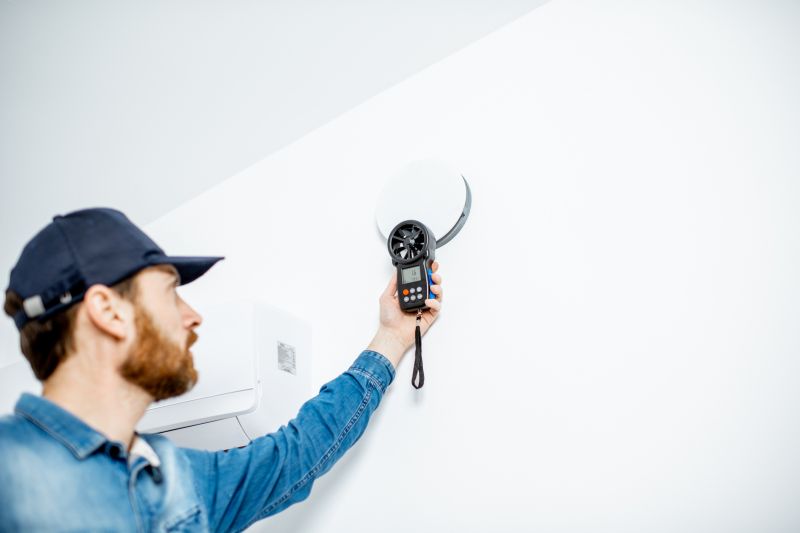
Advanced tools used for precise water quality analysis.

Proper collection techniques are vital for accurate results.

Samples are analyzed in labs to detect contaminants.

Results inform necessary actions for water safety.
| Timing Aspect | Importance |
|---|---|
| Seasonal Changes | Identify fluctuations in water quality over the year. |
| Post-Rain Events | Detect contamination from runoff after storms. |
| Source Introduction | Ensure safety when new water sources are used. |
| Pre- and Post-Treatment | Verify effectiveness of purification processes. |
| Routine Monitoring | Maintain consistent water quality standards. |
| Before Major Usage | Assess water safety prior to large-scale use. |
| After Infrastructure Repairs | Check for contamination after repairs or maintenance. |
Regular water testing provides critical insights into water quality, helping identify potential health risks and ensuring compliance with safety standards. Conducting tests at appropriate times, such as after heavy rainfall or when introducing new water sources, enhances the reliability of results. Proper sampling and analysis techniques are essential for accurate detection of contaminants, including bacteria, chemicals, and metals. Water testing data supports informed decision-making regarding water treatment and safety measures.
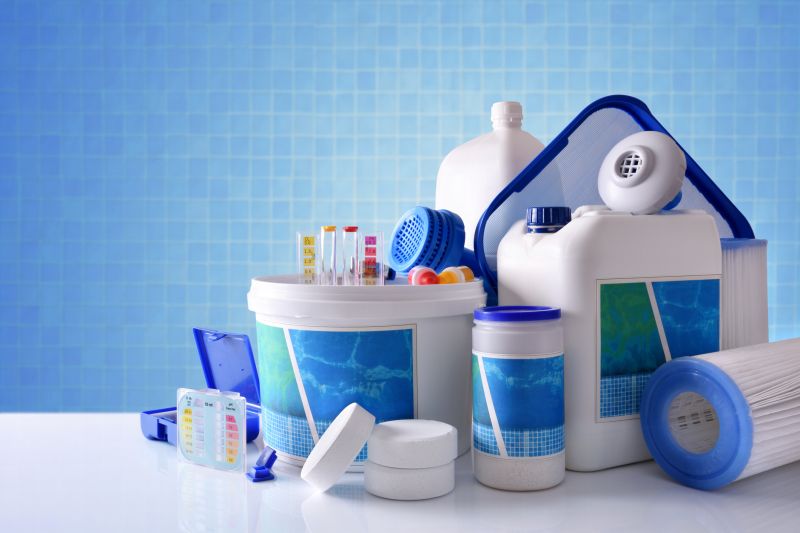
Professional labs analyze water samples for contaminants.

Proper collection techniques ensure accurate testing results.
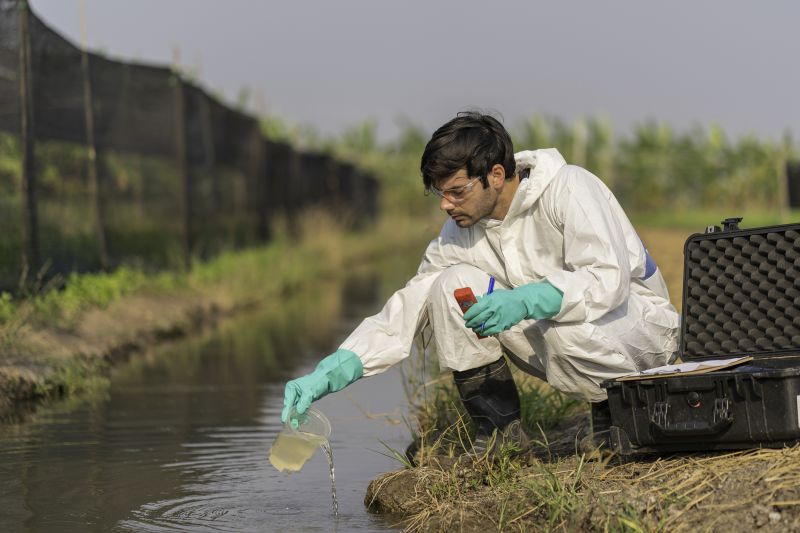
Detailed reports provide insights into water safety.
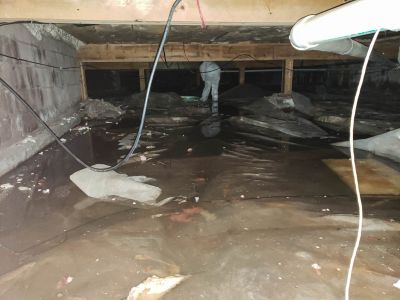
Ways to make Water Testings work in tight or awkward layouts.
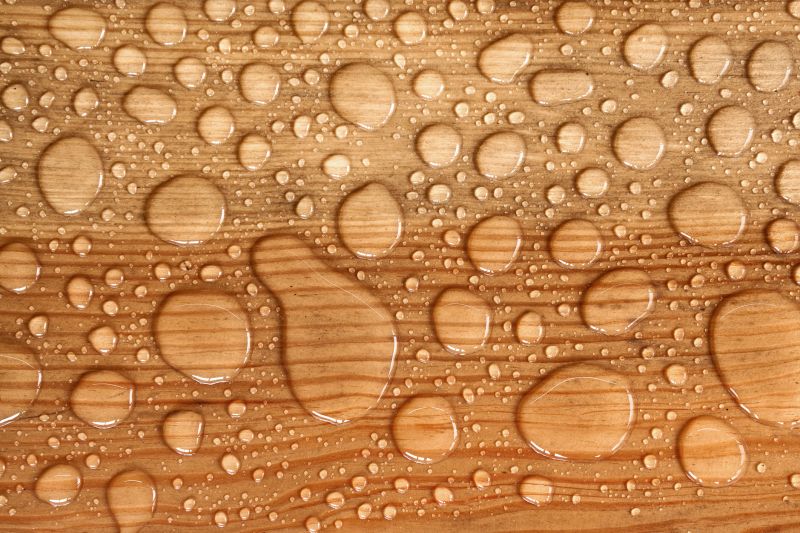
Popular materials for Water Testings and why they hold up over time.
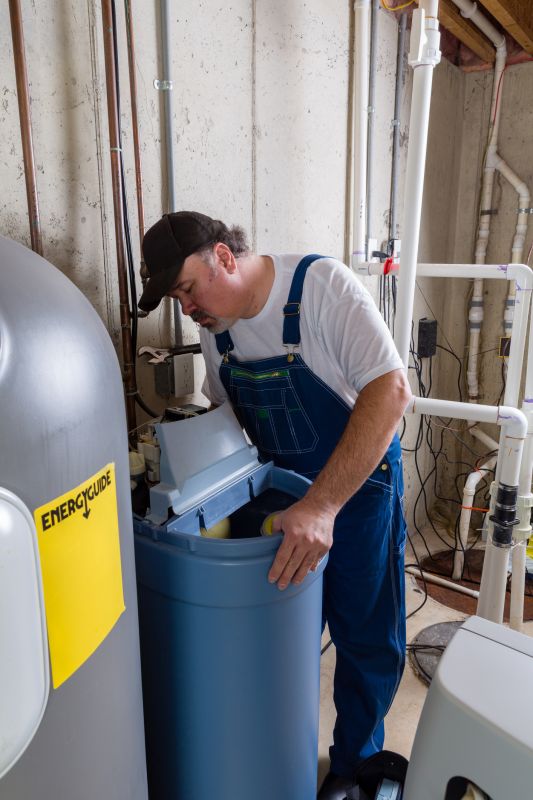
Simple add-ons that improve Water Testings without blowing the budget.

High-end options that actually feel worth it for Water Testings.

Finishes and colors that play nicely with Water Testings.
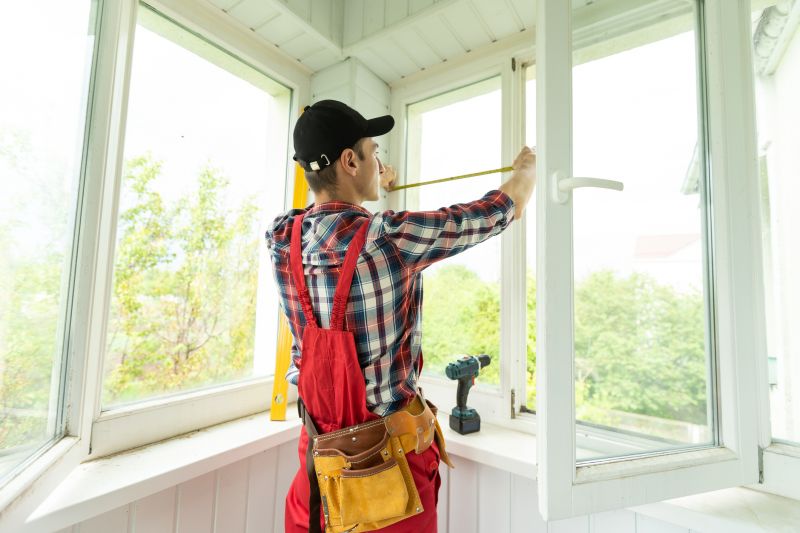
Little measurements that prevent headaches on Water Testings day.
Interested parties should consider scheduling water testings during key periods to ensure ongoing water safety and compliance. For more information or to arrange testing services, contact through the provided form.



